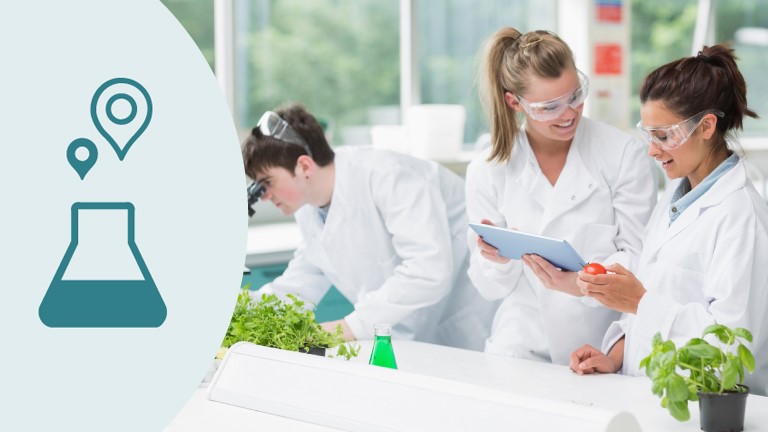Climate-resilient trees for dry soils
The Eberswalde University for Sustainable Development is launching a research project to improve agroforestry systems in arid regions of eastern Germany.
Bioeconomy in the life sciences strategy
As part of the new life sciences strategy, the European Union intends to provide 10 billion euros annually to make Europe competitive in the field of life sciences. Innovations in sustainable bioeconomy solutions are a key driver of growth.
How pigments convert plant biomass
Jena researchers have elucidated the molecular structure of the so-called Yellow Affinity Substance (YAS) and provide new insights into how the yellow pigments produced by the anaerobic bacterium Clostridium thermocellum convert cellulose into sugar.
New bacterial natural substances discovered
By analysing the genetic material of the plant pathogen Pseudomonas syringae, researchers in Jena have identified two new families of natural substances that could be of interest for agriculture and pharmaceutical research.
Climate-resilient quinoa cultivated
With the help of artificial intelligence (AI), an international research team, including the University of Hohenheim, was able to develop three climate-adapted quinoa varieties for the Peruvian highlands.







